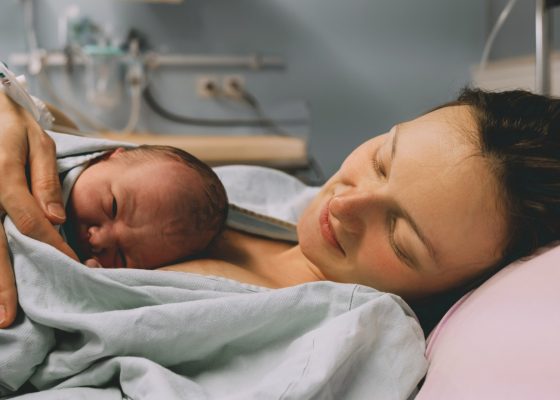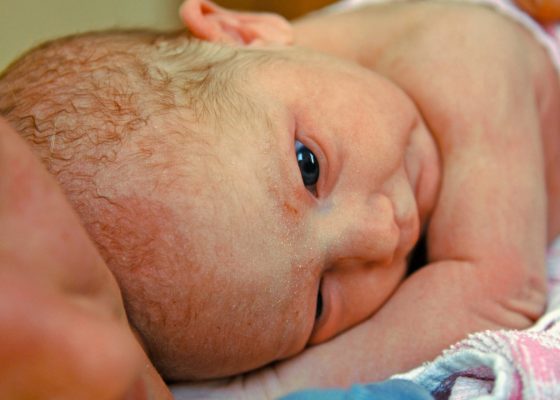New data reveal deeply concerning gaps in maternity care between public and private healthcare.
A new Australian study has reaffirmed advocacy calls for reform based on comparison between public and private maternity care.
The National Association of Specialist Obstetricians and Gynaecologists (NASOG), which labelled the study, published in the British Journal of Obstetrics and Gynaecology, as “damning” of the public health system, is now making an open call for reform.
The study reviewed more than 368,000 matched low-risk births across Queensland, NSW and Victoria between 2016 and 2019.
Findings included:
- instances of stillbirth and neonatal death occurred 2.2 times more often in public births than in births in the private system;
- third- and fourth-degree perineal trauma was 3.4 times higher in the public system;
- maternal haemorrhage occurred 2.2 times more frequently in public hospitals;
- neonatal intensive care admissions were 3.4 times more common in the public sector;
- babies born in public hospitals were 4.8 times more likely to experience oxygen deprivation; and
- the total health system cost per birth was $5900 higher in the public system.
According to NASOG, these findings reiterate what both women and those involved in women’s healthcare have been expressing for years.
“The answer to this is not more money,” NASOG president Professor Gino Pecoraro told HSD’s sister publication, The Medical Republic.
“The public system actually costs more to run than the private system, and it shouldn’t be public versus private, because we actually need both public and private to service our communities.
“We need to get doctors back in charge, and privately, they need to fix up private health insurance so that women don’t have to pay double the insurance premiums that men do.”
Calls for reform in this area have been a key advocacy area of NASOG for a number of years. The group has made numerous submissions to the federal health minister on economic modelling and reform proposals.
Other suggestions from the group have included calls for Medicare reform to ensure antenatal care with private specialists is adequately supported.
Related
“Continuity with an experienced private obstetrician saves lives and prevents trauma,” Professor Pecoraro stated.
“It’s efficient, it’s safe and must remain an option for Australian families.”
Gendered funding distortions have also been touted as a major reason for these gaps in maternity care with NASOG calling for obstetric services to be included in the Risk Equalisation Pool.
“The time may well have come for a royal commission. Australia is spending significantly more to care for pregnant women and their babies in the public sector with significantly worse outcomes than their private sector counterparts,” Professor Pecoraro said.
“We need maternity care to be safe, cost-effective and with much less trauma caused to women and babies.
“This is not about ideology, it’s about data, lives and delivering the best possible care.
“We now have the evidence—there is no excuse for inaction.”




